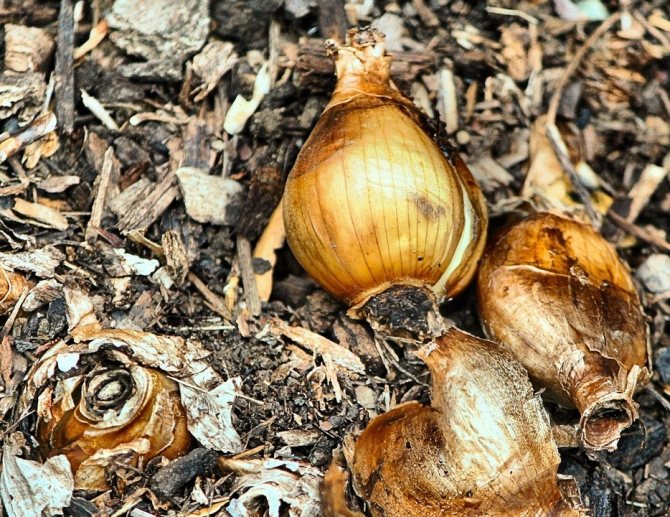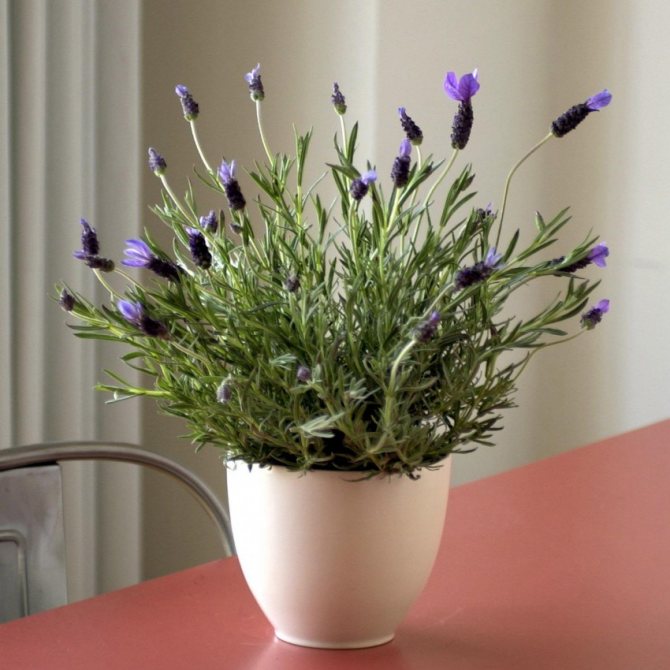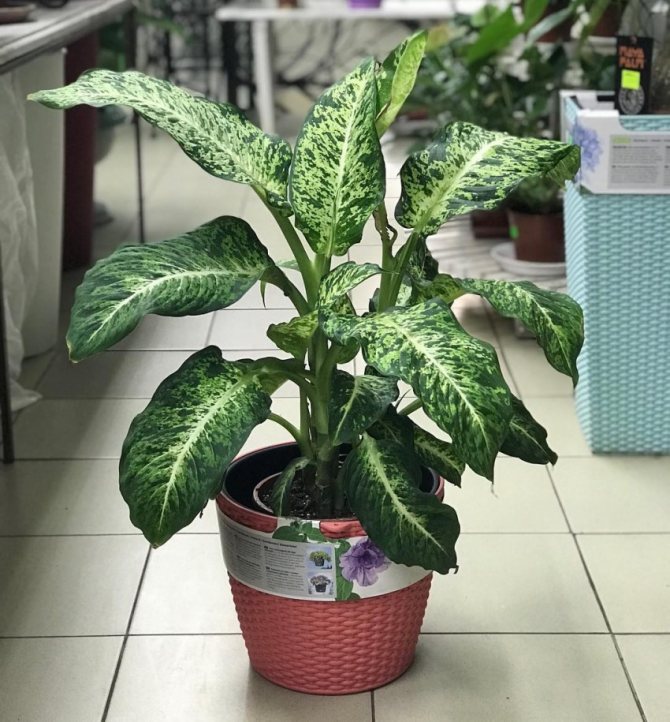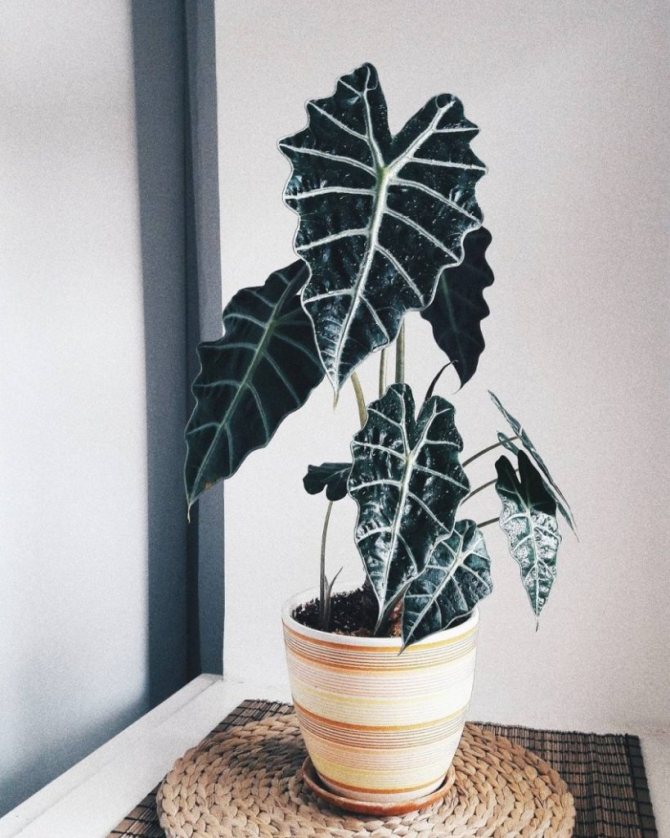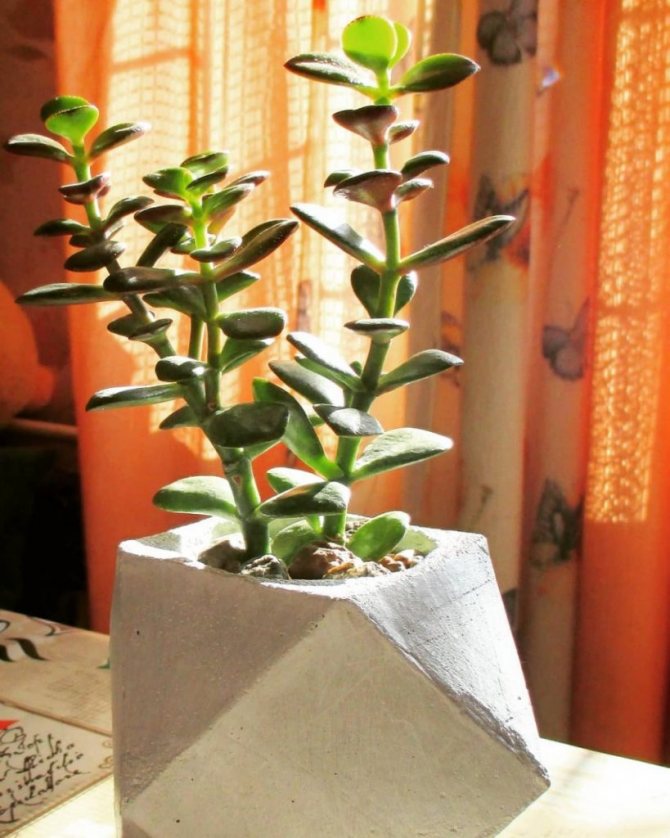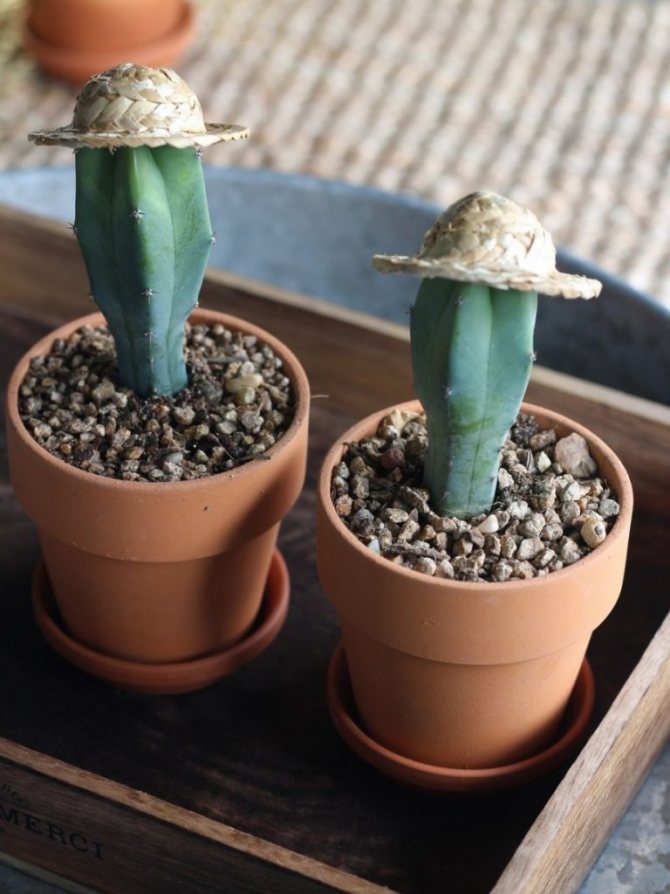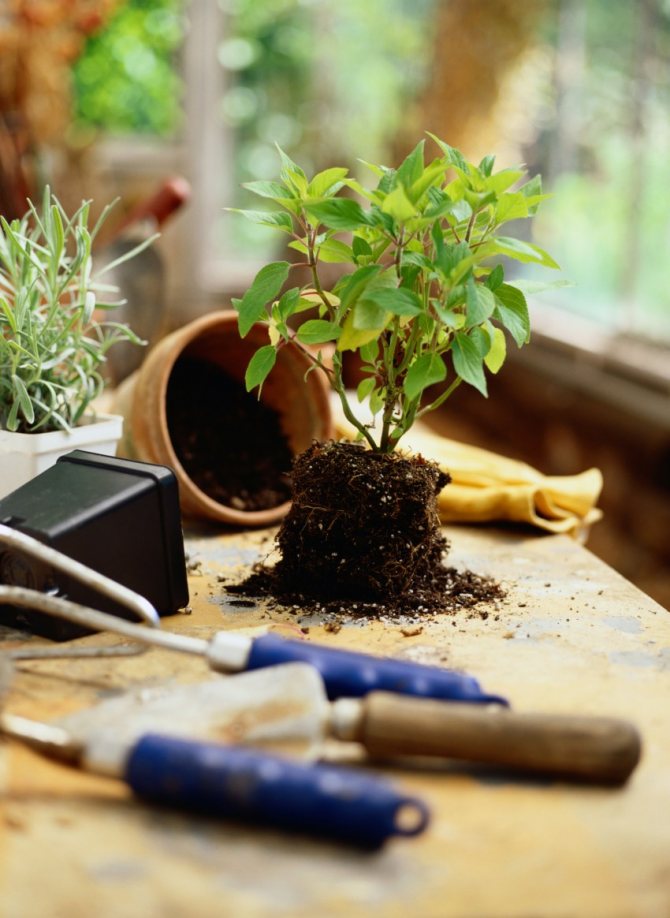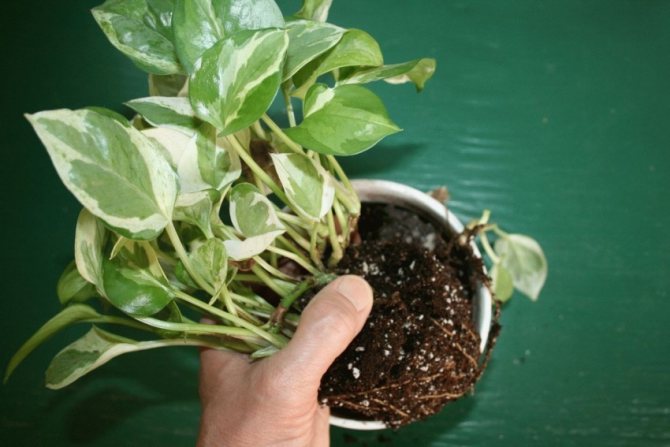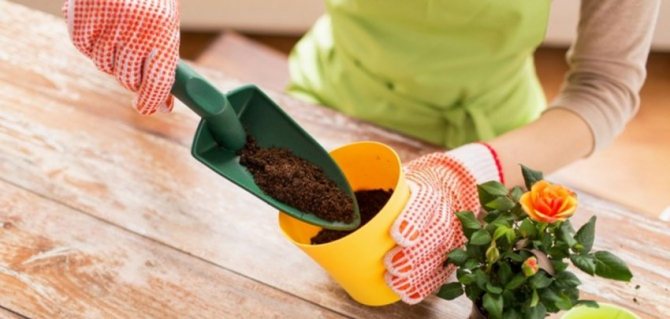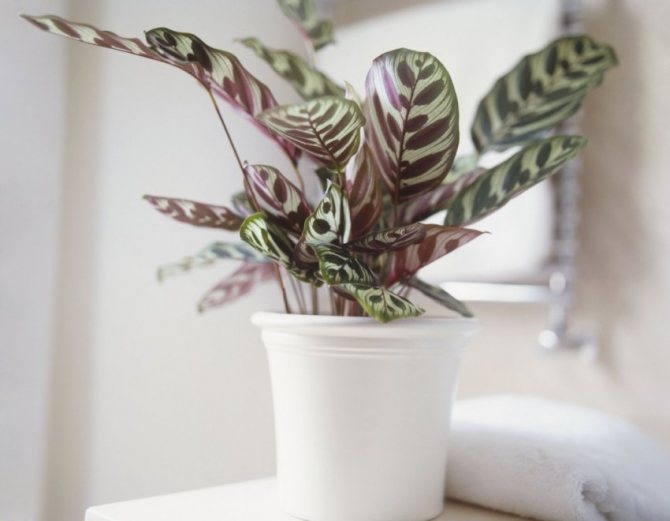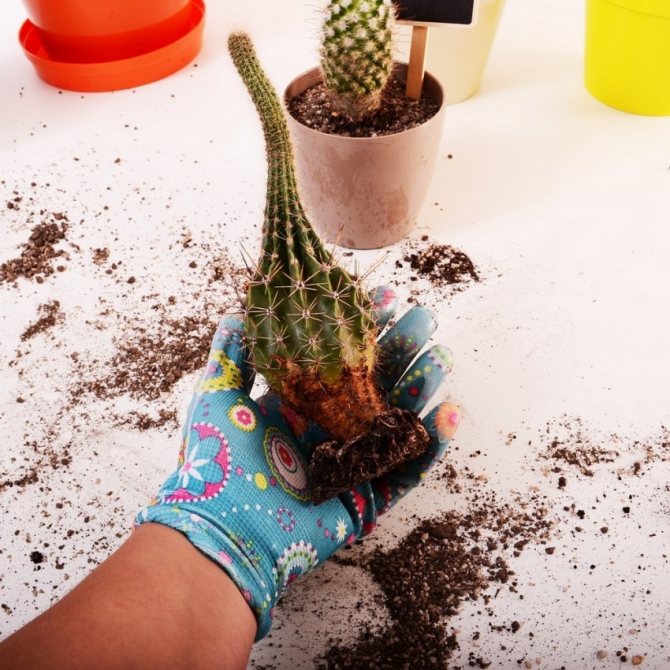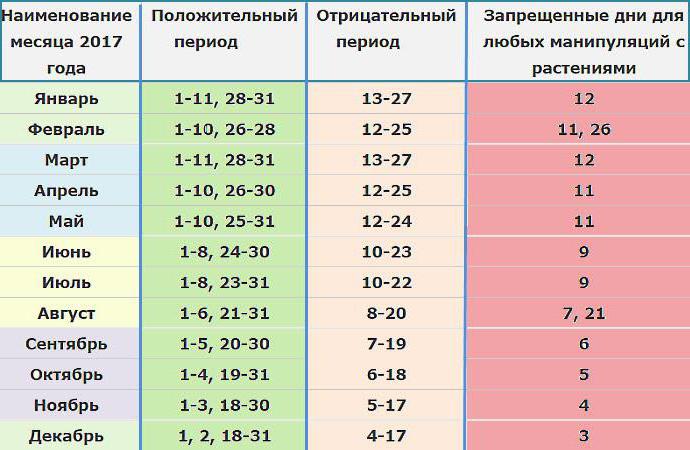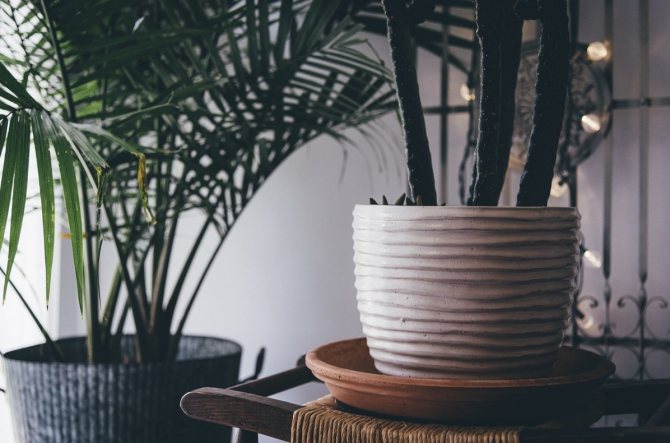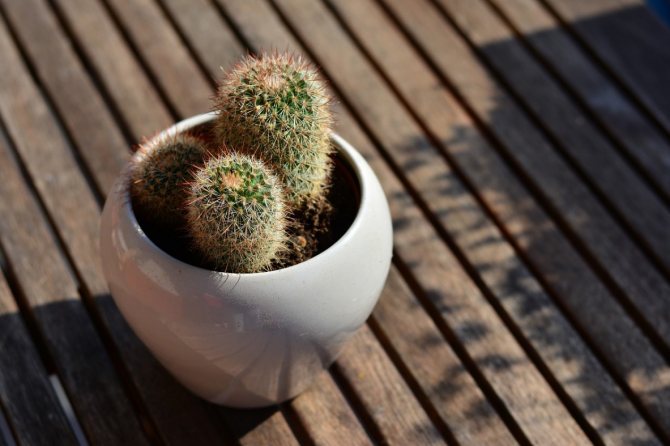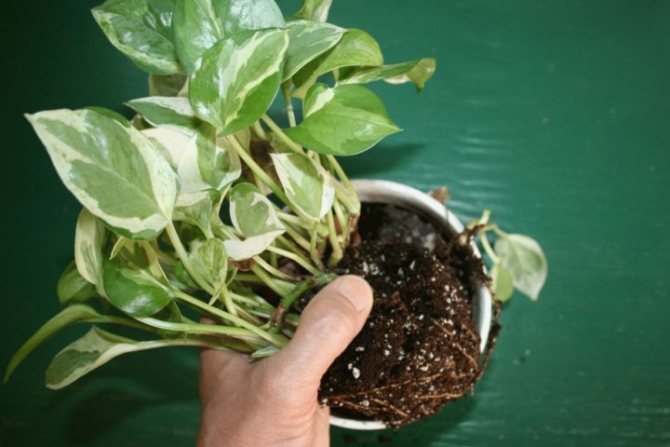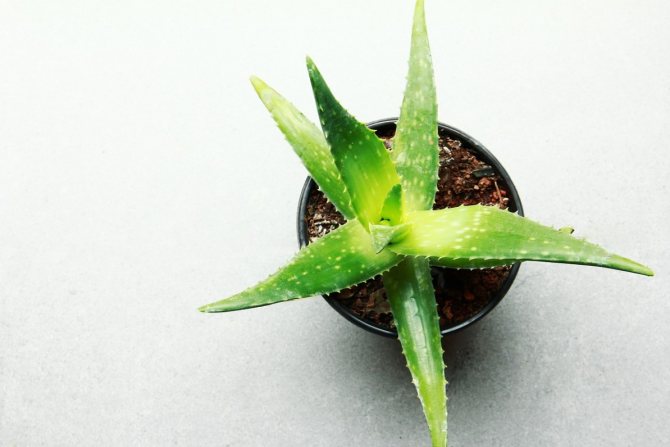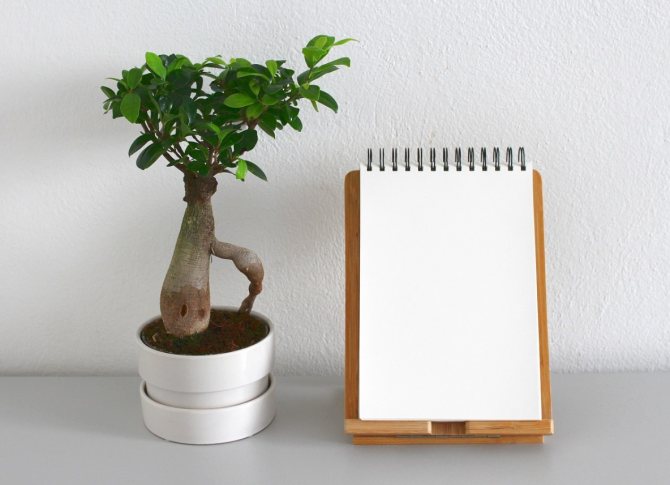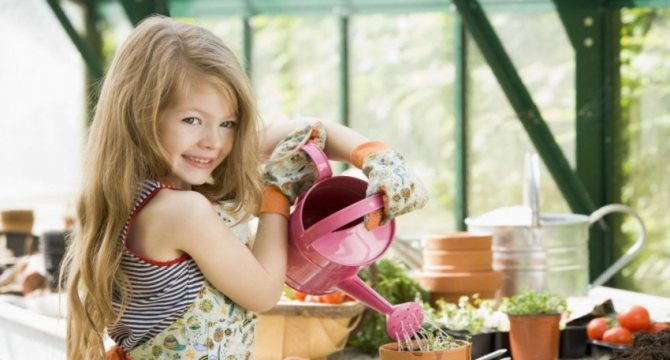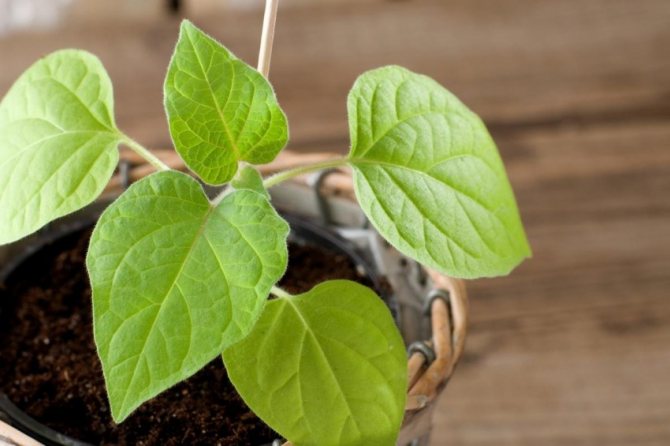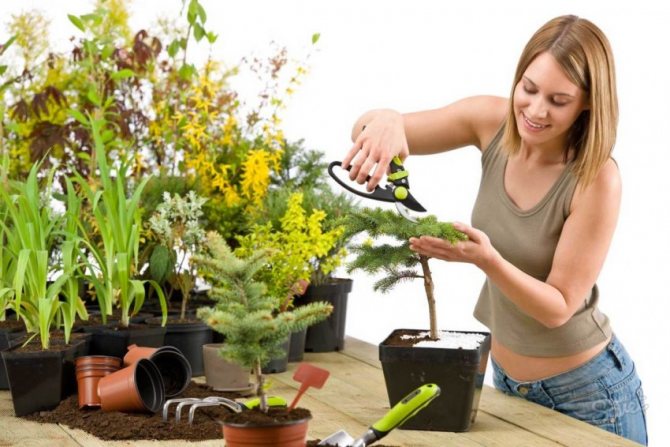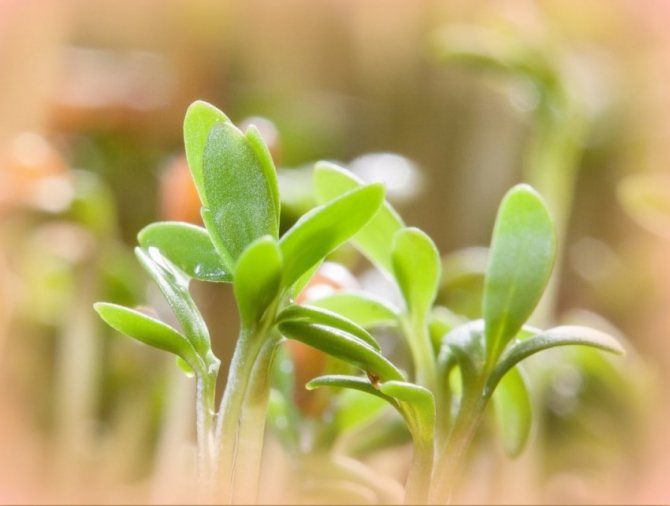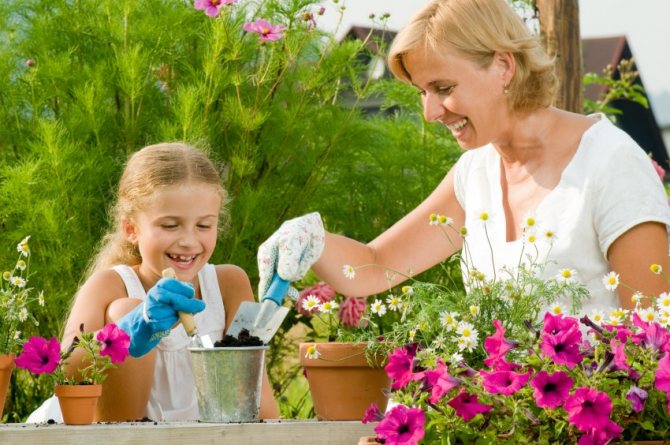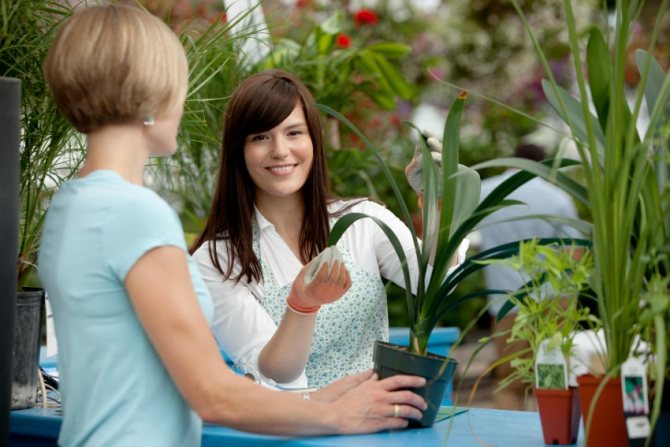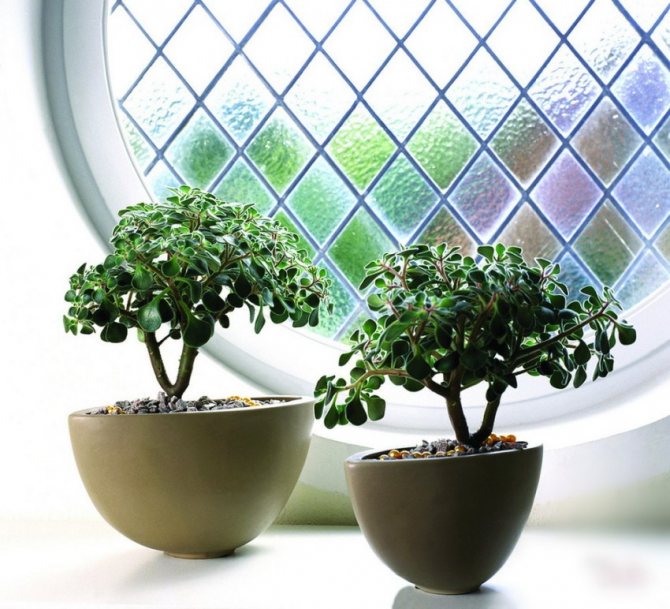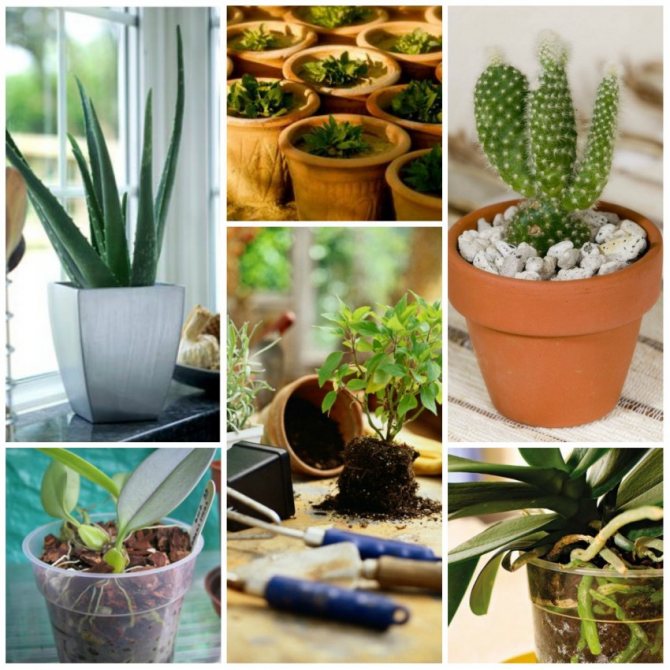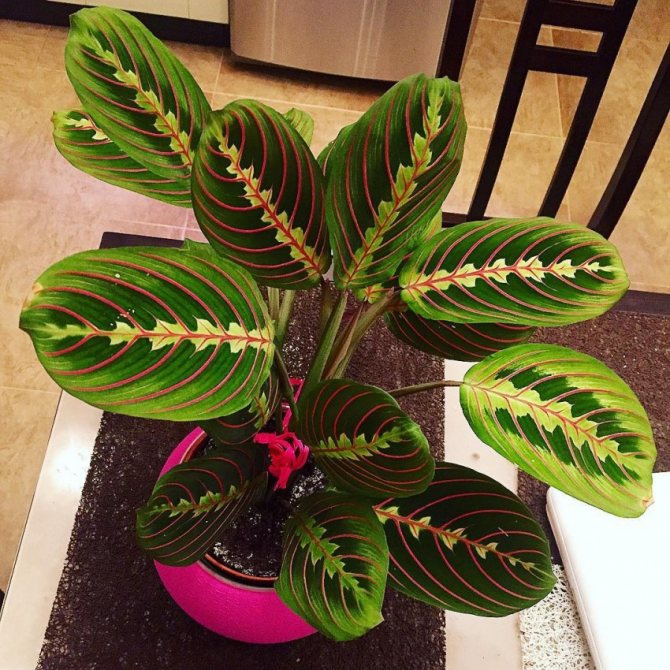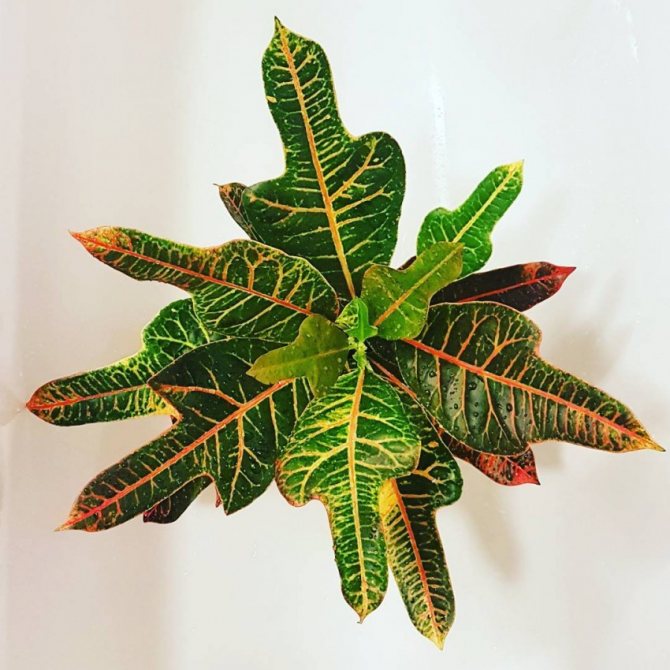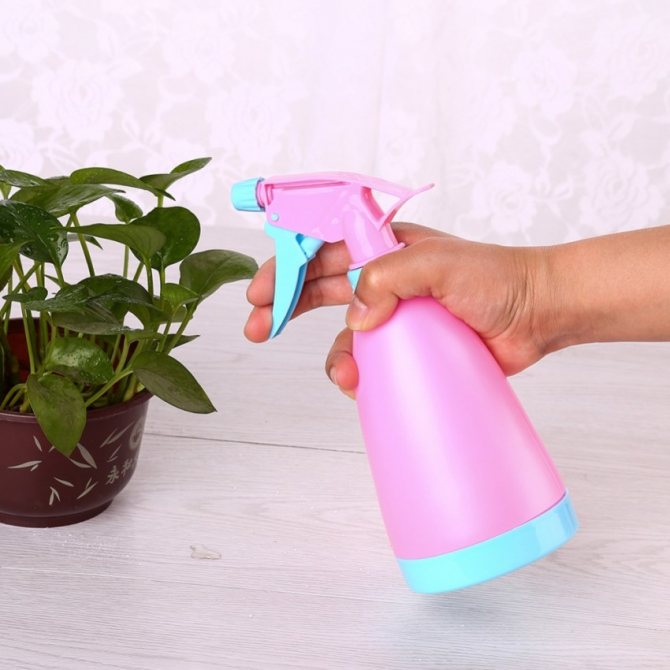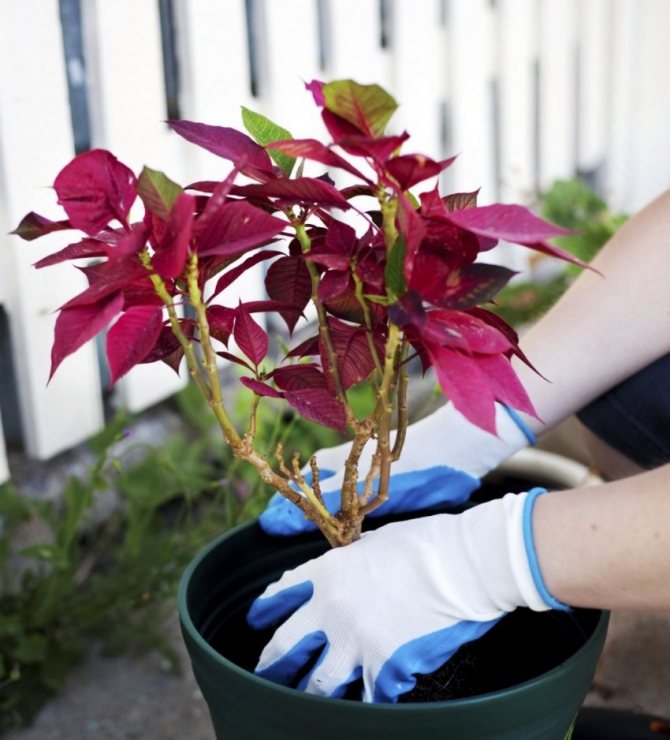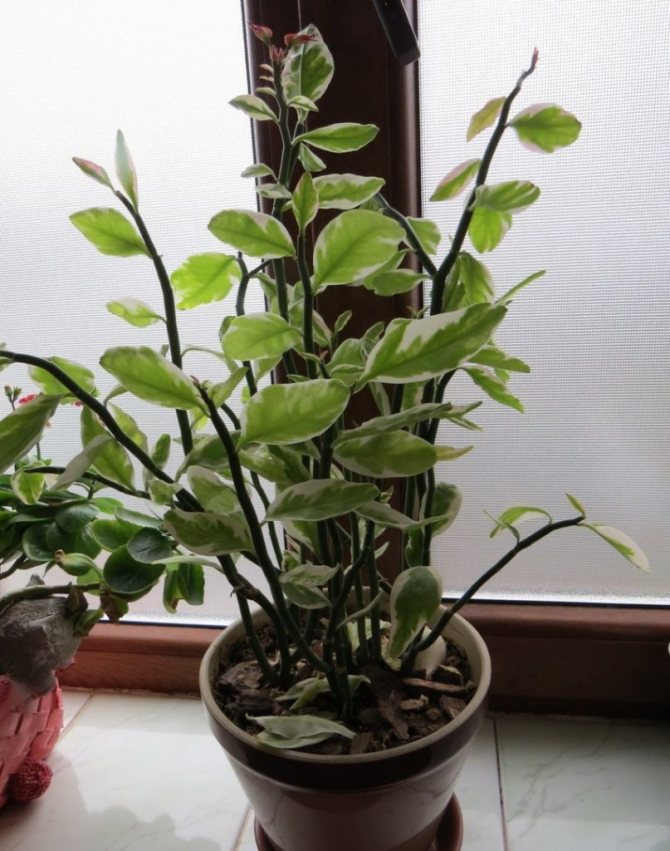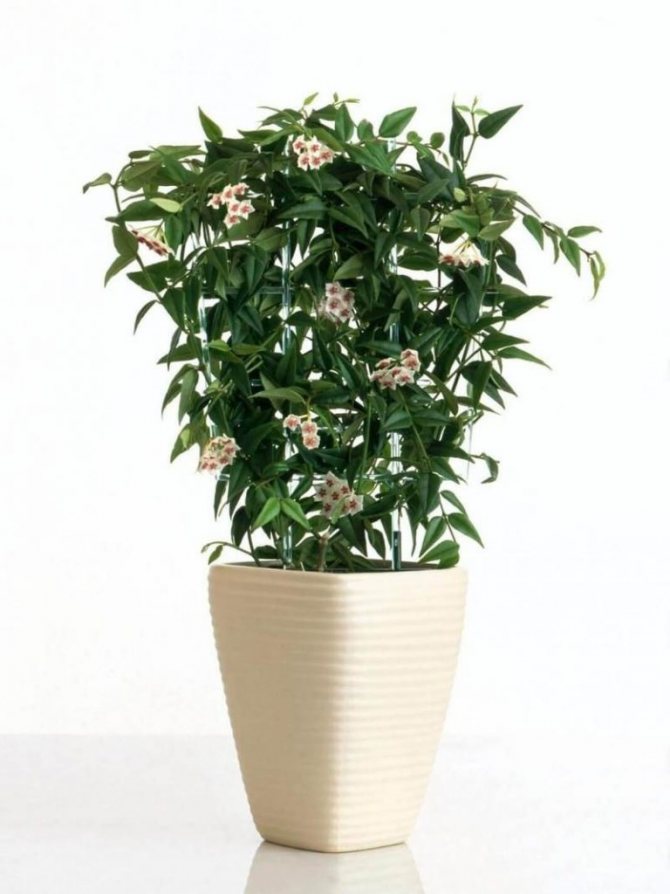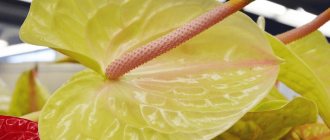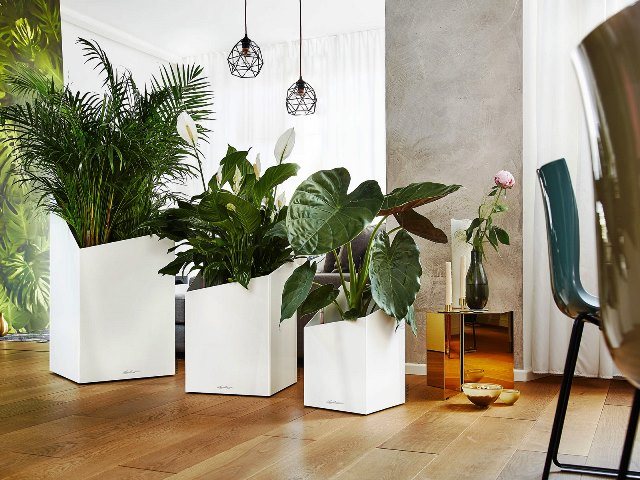
In December, gardening work ends, and it's time to take care of indoor plants. It is believed that flowers during the dormant period do not require special attention to themselves, however, this is not the case. A lack of sunlight and a drop in temperature can adversely affect indoor plants. To acclimatize plants when the air temperature changes, you need to take good care of them.
The first step is to wash the plants, remove dust, remove dry leaves. It is imperative to take care of supplementary lighting, additional humidification of the air, and to prevent the appearance of pests and diseases. It is necessary to eliminate any drafts and cold - for this you need to insulate the windowsills and windows. In December, you should check the tubers and bulbs of dahlias, begonias, gladioli laid for storage.
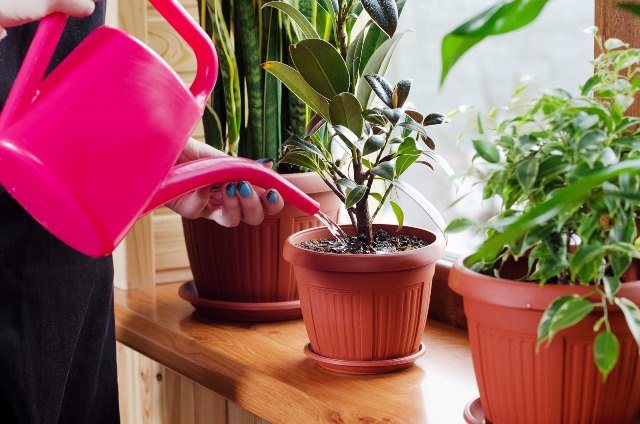

Moon phases
There are 8 phases of the moon in total:
- New moon. This is the period of the ascended, but not visible moon in the sky.
- Young Moon. It can be seen in the sky as a thin, rounded strip.
- First quarter. The simplest explanation is 50-50.
- The arriving moon. More than 50% of the foreseeable part of the month is on the horizon.
- Full moon. Period not requiring explanation.
- Waning moon. The period from the Full Moon and up to 50% of the foreseeable part of the month.
- Last quarter. About half of the waning moon.
- The aging moon. The period before complete disappearance from the sky.
Favorable days for transplanting in winter (December, January, February)
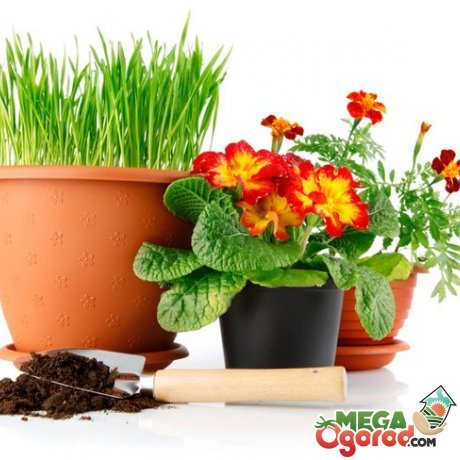

The first month of winter for many indoor crops is the beginning of hibernation, rest. Therefore, it is necessary to leave the plants without stressful procedures, do not touch them. Only cacti and succulents can survive the transplant, but only by the transshipment method:
- It is better to do this during the period from 8 to 20 December. The twenties are the most favorable, since the Moon will be in the constellation Taurus.
- When a green pet feels bad, rots, then it is possible to transplant it in January from the 18th to the 30th. The procedure will be more successful on January 20, 21 and 25, 26. At this time, the Moon gives priority to the signs of Pisces and Taurus. It is necessary at this time to start preparing for a future plant transplant, because the dormant period will soon end.
- February is the most successful month to start renewing soil and capacity. From the 16th to the end of the month, a favorable period for transplantation begins. Many types of indoor crops begin to wake up, life processes are activated in them. After transplantation at this time, they will quickly take root, they will not hurt, they will bloom in time.
The influence of the moon on plants
Astrologers and other experts who study the influence of the moon on the growth of green crops have noticed that on the growing moon, the sap of the plant rises up and begins to nourish the stems, leaves and buds.
On the waning moon, on the contrary, the nutrients of the culture go to the root system.
Therefore, the flowers that are planted by seeds should be planted when the eternal satellite of the Earth is in the growth phase, in growth, and the flowers that are planted in bulbs, tubers, roots - in the waning phase of the moon.
The most favorable days for planting flowers are full moons.
The most unfavorable are new moons and days and solar ones. These days, nature seems to freeze in anticipation of something new.
Growing flowers is also influenced by the presence of the Moon under certain signs of the zodiac.
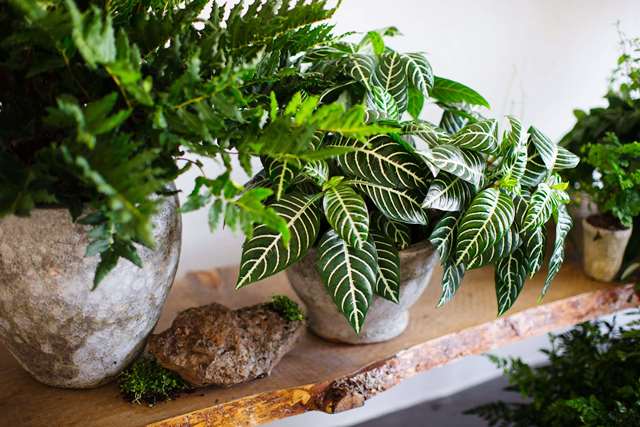

Favorable days of transplanting flowers in spring (March, April, May)
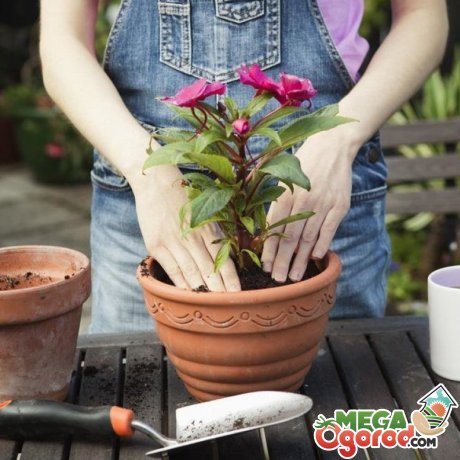

In the spring, starting in March, it is best to replant indoor plants. At this time, most of the flowers begin to prepare for awakening. Sufficient nutrients accumulate in the roots and leaves, so the transplant will be successful. Plants will quickly take root and grow. Transplanting is often combined with pruning and reproduction of indoor crops.
It is more favorable to transplant in;
- early March
- from 18 March to 30
- April 19 - 29
- 2-3 days before the full moon, which occurs on March 31 and April 30
- mid-May: 16th and 17th
- May 20-28
It is best to transplant from March to April, but in May those plants that have already faded are transplanted. The procedure is ideal for euphorbia plants that bloom in winter. It is imperative to choose the time for transplanting in spring, relying on the favorable days of the calendar.
When to transplant indoor plants
As a rule, the best time to transplant indoor flowers is March and early April.
At this time, most plants end their winter dormancy period, begin a period of active growth, and potted crops better tolerate the stress associated with the procedure.
It is also worth noting that not all specimens require transplantation.
The youngest individuals (1 or 2 years old) need to be replanted every year.
Old plants can be replanted less often - every 2 or 3 years (it all depends on the growth rate and filling the pot with roots).
There are specimens that do not tolerate this procedure well, for example, rubber ficus or chamedorea.
In this case, they are initially planted in large containers and once every 1-2 years they only refresh the topsoil.
The following signs indicate that it is time to transplant the plant:
- roots grow through drainage holes or come out to the surface;
- after watering, all the water immediately flows onto the support of the pot (probably, the roots have already occupied its entire volume);
- the plant has grown to a large size in a small pot and become unstable;
- old specimens do not have new growths, growth rates have slowed down, leaves fade and fall off;
- over time, the flower soil loses its nutrients and structure, and salt deposits appear in it.
Some people do not transplant plants at all after purchase. The soil in these disposable containers is intended only for temporary planting of flowers and should be replaced with the necessary nutrient substrate.
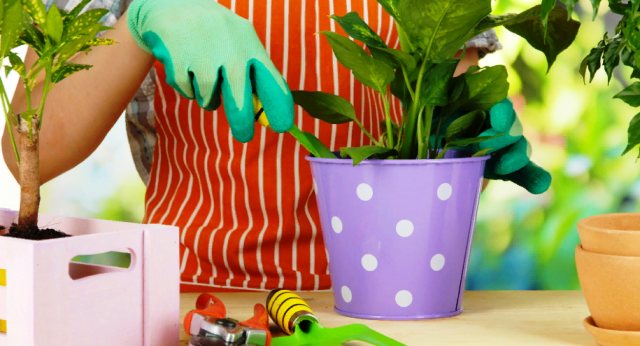

About transplanting plants in summer (June, July, August): which days are better
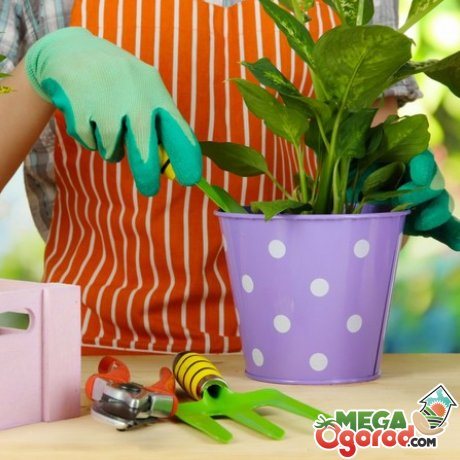

In the summer, rarely does any of the florists begin planting plants, their reproduction. During this period, it is impossible to carry out transplant work. But if the flowers have stopped growing, they are resting at this time, their life processes slow down, then you can transfer faded specimens:
- Most often, work is carried out from June 14 to 26-27.
- In July, they are transplanted successfully from 20 to 22, but only when urgently needed. This happens when the plant is sick. In case of soil contamination, it is also possible to replace the pot with new disinfected soil.
- For August, it would be more correct to do watering, feeding indoor crops, and preventing diseases. But if the plant needs emergency assistance, it is transferred to a new spacious container from 12 to 24 August.
Lunar calendar for houseplants and flowers in November
If the earth begins to "crawl" out of the pot, the leaves have become small, turned yellow, and the plant has not been pleased with flowering for a long time, it needs a transplant and fresh soil.
A lunar transplant has a beneficial effect on flowering duration.
- November 1, 2019, 5-6 lunar day, the growing moon in Capricorn. Auspicious day for caring for indoor flowers and plants. Transplant is possible.Loosening and fertilization of the soil are shown.
- November 2, 2019, 6-7 lunar day, the growing moon in Capricorn. Good day for plant transplantation.
- November 3, 2019, 7-8 lunar day, the growing moon in Capricorn. On this day, if necessary, you can carry out the transshipment or transplantation of indoor flowers. But be careful with the root system of the plants, do not damage it. In the autumn months, plants are difficult to tolerate such manipulations. Planting greenery is shown.
- November 4, 2019, 8-9 lunar day, the growing moon in Aquarius. Plant transplantation is not recommended, these days are best devoted to pest control.
- November 5, 2019, 9-10 lunar day, the growing moon in Aquarius. The transplant cannot be performed. But you can take care of indoor flowers - remove dry twigs and leaves. You can arrange water procedures in the form of a shower, wipe the dust from the leaves of flowers.
- November 6, 2019, 10-11 lunar day, the growing moon in Pisces. Of course, November is not the best time for transplanting and planting plants, but sometimes it is a necessary measure. It is on this and the next two days that these manipulations can be done. You can also plant herbs on a feather - onions and garlic.
- November 7, 2019, 11-12 lunar day, the growing moon in Pisces. Flower transplantation is possible.
- November 8, 2019, 12-13 lunar day, the growing moon in Pisces. Auspicious day for transplanting and transshipment of indoor plants. Also shown are water procedures, watering and fertilization.
- November 9, 2019, 13-14 lunar day, the growing moon in Aries. On this day, you can do the "vegetable garden" on the windowsill: sow greens for growing at home. Favorable time for caring for indoor flowers: you can spray from a spray bottle or rinse the leaves under a warm shower, apply the necessary fertilizers, loosen the soil in pots.
- November 10, 2019, 14-15 lunar day, the growing moon in Aries. Unfavorable day for transplanting flowers.
- November 11, 2019, 15-16 lunar day, the growing moon in Taurus. Favorable time for planting greenery on the windowsill. You can transplant and reload indoor plants.
- November 12, 201916-17 lunar day, Full Moon in Taurus.
Any manipulation of plants is prohibited. But for cleaning the room where the flowers are located - it's time. And by the way, it's a great time for feeding and fertilizing. - November 13, 2019, 17-18 lunar day, the waning moon in Gemini. Transplantation of climbing plants is possible, for others - an unfavorable time. Good days to treat plants against pests - aphids, spider mites, etc.
- November 14, 2019, 18-19 lunar day, the waning moon in Gemini. On this day, if you did not do it yesterday, be sure to treat the plants from flower pests. Transplanting is possible only for curly flowers.
- November 15, 2019, 19-20 lunar day, the waning moon in Gemini. Execution of the works listed on November 13 and 14.
- November 16, 2019, 20-21 lunar days, the waning moon in Cancer. On this day, you can carry out the transshipment and transplantation of indoor plants. Sowing herbs for growing at home: parsley, dill, basil. Growing onions and garlic for herbs.
- November 17, 201921-22 lunar day, waning moon in Cancer. Favorable period for transplanting flowers. On this day, you can also water and feed indoor flowers.
- November 18, 201922-23 lunar day, waning moon in Leo. It is not recommended to replant plants on this day.
- November 19, 201923-24 lunar day, waning moon in Leo. Unfavorable day for transplanting indoor flowers.
- November 20, 201924 lunar day, waning moon in Virgo. A good day for pest control of indoor flowers. Be sure to carry out prophylaxis - wash the windowsills with soap and soda, disinfect the surfaces. Wash and dry flower trays from pots.
- November 21, 201924-25 lunar day, decreasing moon in Virgo. Neutral day for transplanting indoor flowers. The treatment of plants from pests is shown.
- November 22, 2019, 25-26 lunar day, the waning moon in Libra. A favorable day for caring for indoor flowers. An excellent time for a transplant. Plants are resistant to disease, etc.
- November 23, 2019, 26-27 lunar day, waning moon in Libra. If you decide to transplant an indoor flower in November, then today is a favorable period for this.
- November 24, 2019, 27-28 lunar day, waning moon in Scorpio. We put onions, garlic, parsley roots for distillation. Transplantation and transshipment of indoor plants is possible.
- November 25, 201928-29 lunar day, waning moon in Scorpio. Indoor flowers transplanted on this day will quickly be accepted. This is especially true for tuberous and bulbous flowers such as gloxinia, daffodils, hippeastrum, etc.
- November 26, 2019, 29, 30-1 lunar day, new moon in Sagittarius.
Flowers cannot be transplanted on this day. Pruning is also not good. - November 27, 2019, 1-2 lunar day, the growing moon in Sagittarius. Neutral day. Plant care is shown - remove dry twigs and leaves, wash the trays, wipe off the dust on the windowsills, clean the leaves of indoor flowers from dust (with a brush or soft cloth).
- November 28, 2019, 2-3 lunar day, the growing moon in Sagittarius. Transplanting indoor plants is possible only when urgently needed, for example, when a flower pot has broken, etc. In other cases, it is better to postpone this work for another day.
- November 29, 2019, 3-4 lunar day, the growing moon in Capricorn. A good day for transplanting indoor flowers - sprouts and roots will be hardy, resistant to diseases, pests, and drought.
- November 30, 2019, 4-5 lunar day, the growing moon in Capricorn. Auspicious day for transplanting indoor flowers, if necessary. Plants can be cuttings. Forcing green onions and planting green seeds are shown.
How do zodiac signs affect flower transplant?


In addition to the growth of the moon, it affects plants and the passage of the satellite through the zodiacal constellations. Among the signs that fruitfully affect the growth of indoor flowers are Taurus, Pisces, Cancer, Scorpio, Libra, Capricorn. Gemini, Aries, Leo, Virgo, Sagittarius are considered neutral.
The signs of the zodiac constellations, in combination with the Moon, are active in relation to indoor decorative crops, help them to develop, bloom.
When the Moon is in the growing period in the constellations Pisces and Scorpio, then the transplant of indoor flowers will be successful. A favorable time for transplanting tubers and flower bulbs if the night star is growing and located in the constellation Capricorn. And the waning phase of the moon in Scorpio will allow the bulb to successfully adapt in the new soil and pot.
But in the waning phase, when a companion is in the signs of Gemini, Aquarius and Libra, it is better to do plant pruning, feeding and watering. But if she is during this period in the constellation Sagittarius or Virgo, then this is a favorable time for transplanting liana-like plants or ampel-type flowers.
When the Moon is in Aries, then this is the most unfavorable day for feeding. Plants will not be able to fully absorb useful elements, and feeding will be spent in vain. The night light passing through the sign of Leo will help plants fight pests and diseases.
How to properly water indoor flowers in November 2019
Reducing watering to 1 time per month in November is a prerequisite for the healthy well-being of indoor plants of literally all varieties and types. Traditionally, settled water at room temperature is used.
Some plants, such as cyclamen, are just starting to bloom. Filling a pot for tubers is tantamount to death. However, it is generally forbidden to water cyclamen. Experienced housewives moisten the soil through a string inserted into the drainage hole of the pot. In this case, water is poured into a tray filled with pebbles. At room temperature in a room above 15 degrees, it is advisable to humidify the air, but cyclamen does not need to be sprayed.
As for the dryness of the air due to the incessant operation of heating devices, this is an autumn-winter disaster for all plants (the level of humidity in some rooms is reduced to 30%). Think about these numbers! The acceptable percentage of humidity for tropical representatives is 65%, and the ideal is 90%. How not to dry out in conditions with 30%? Almost unrealistic.
Unfavorable and forbidden days for transplanting in the fall
Since not all flowers tolerate transplanting well in autumn, it is better not to touch them on unfavorable days. It is necessary to give the opportunity to prepare the plants for the long winter, for which they need to accumulate strength, stock up on energy for growth and development.
It is even forbidden to transplant plants by transshipment on days such as September 9 and 25, October 9 and 24, November 7 and 23. At this time, the position of the night star adversely affects indoor plants. It is possible to carry out a transplant, but the result will be disastrous. The flower will start to wither and will not be able to start growing in the spring. And about flowering it will have to be forgotten.
Temperature regime for indoor plants in November
Of course, housewives do not mind an extra degree for their favorite plants. But!
Not all varieties have temperatures over 22 ° C for the good. For example, aglaonema, asplenium nesting, gardenia, gloxinia, dendrobium, cattleya, pachira or hovea feel comfortable at temperatures from 12 to 15 ° C. It is advisable to place the listed and other types of flowers in November on cool loggias or, having collected in a rectangular aquarium, put on the windowsill close to the window glass. Otherwise, literally in a month, the hostess will receive consequences in the form of excessive growth of shoots, crushing of leaves, loss of decorativeness of the plant.
However, many flowers develop normally under abnormal temperature fluctuations. We are talking about monster, chlorophytum, passionflower, Antarctic cissus, fatsia and other plants. They rest well both in warm and cold conditions.
Major mistakes
When working, it is important to take into account his transplant needs and provide him with optimal conditions. A number of mistakes are common among florists, which lead to negative consequences (illness, reduced growth rates, death):
- Incorrect selection of soil type and mixture composition. This limits the supply of nutrients, upsets the required balance of air and water. For the full development of a flower, the soil must meet the requirements of a particular species.
- Transplant with preservation of the transport soil. Florists often sell plants in a special mixture that is not suitable for long-term cultivation. Therefore, you will have to completely get rid of the unknown soil and replace it with a new, suitable mixture.
- You cannot prune the plant the day before, during and immediately after transplanting. This will cause him double stress and can lead to death.
- Excessive hydration and the addition of special products. Most plants do not need vitamins and other substances during the transplanting process. These drugs are necessary only and exclusively in case of damage and disease of the body. They must not be abused!
- It is important to respect the depth of the position when transplanting. If you place it deeper than in the previous pot, it will limit the growth of the flower. At a shallower depth, the root system can crawl out.
Even experienced flower growers make annoying mistakes. Prepare for replanting - study the characteristics of a particular species and observe its behavior in the first weeks after placement in new soil.
Spring calendar 2019
Do not hold events with flowers from March 3-11. You need to feed the plants on March 18-26. But a more positive time is the late evening of the 25th. The maximum plant growth is April 17-25. And the roots develop on the 27-30th. If you take these points into account, then you can get a positive result. Unfavorable days with soil are April 1-13.
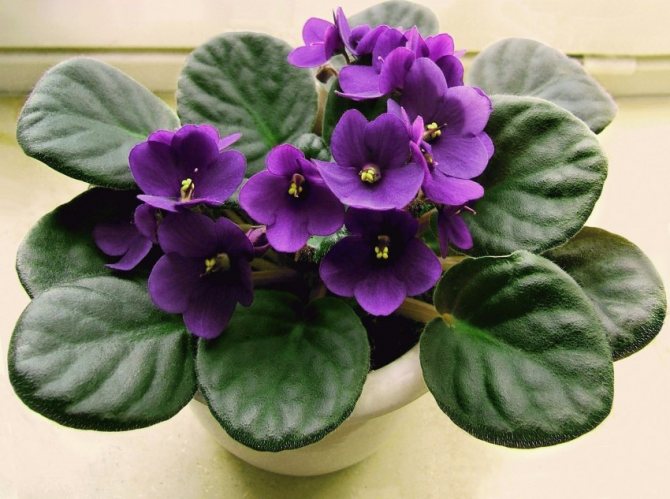

When a flower develops vigorously, it needs feeding, because the soil is not always able to provide everything it needs. You can also use powder.
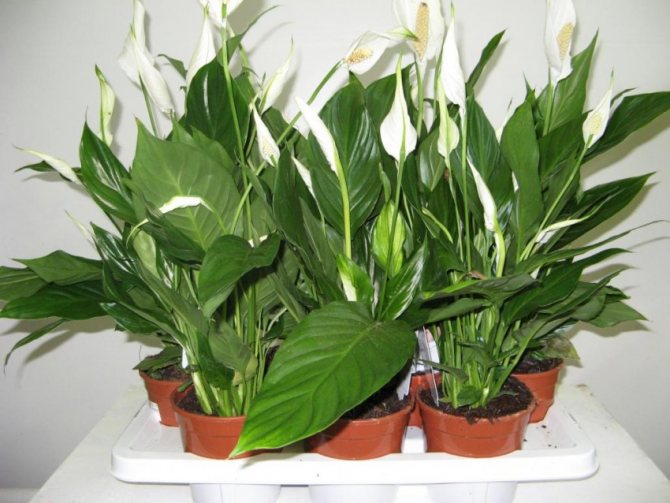

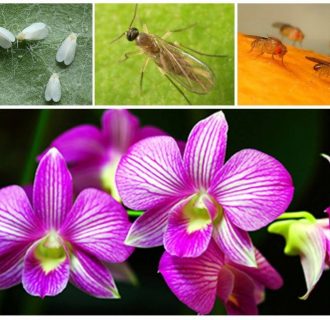

Midges in indoor flowers: step-by-step instructions and tips for getting rid of midges and insects (110 photos and videos)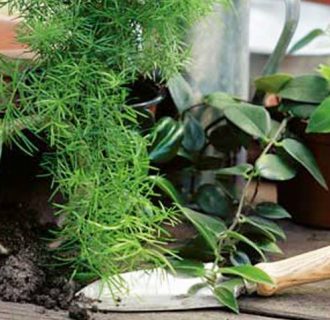

Transplanting indoor flowers: simple instructions and tips on how to easily and quickly transplant plants (160 photos + video)
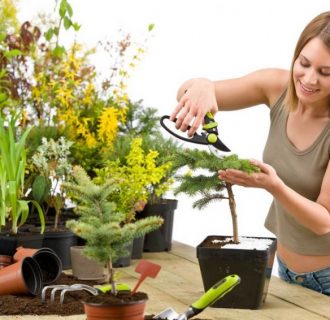

Feeding indoor flowers: feeding rules at home. 155 photos of the best tools and video instructions for use
It is better to transplant on May 16-24. You shouldn't do this on the 1st-10th.
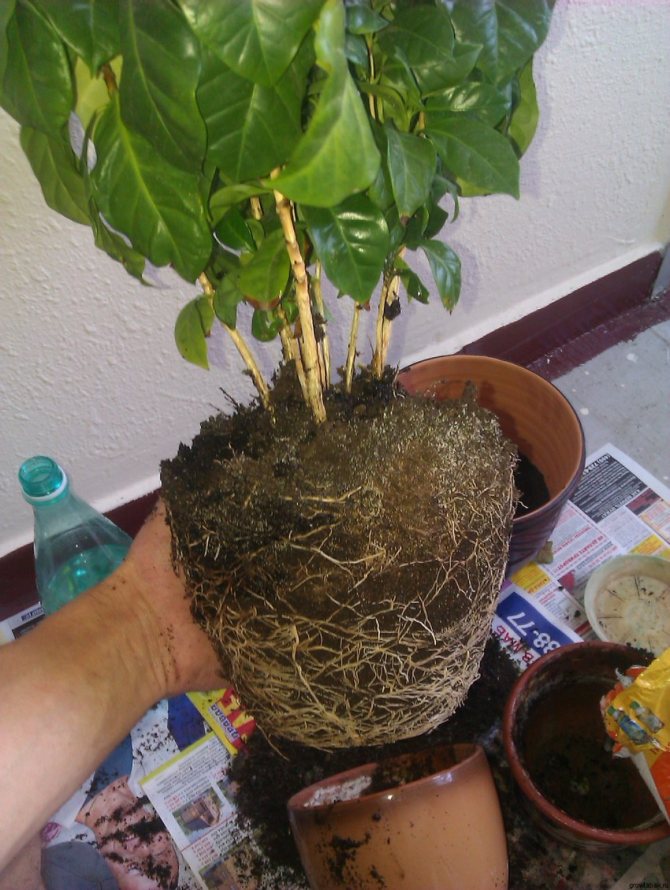

How to transplant a plant correctly?
When transplanting, several factors are taken into account, including the type of plant, its age and size.
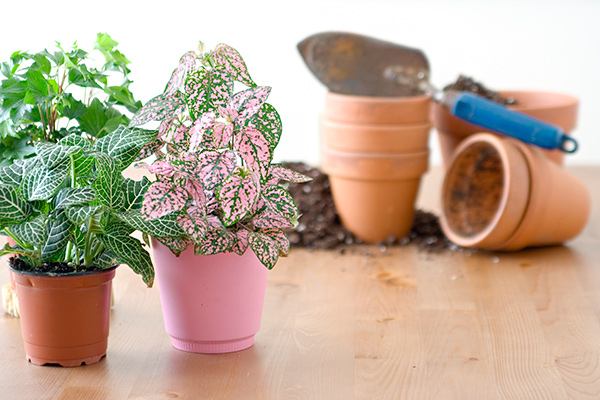

Indoor plants are transplanted, taking into account the following periods:
- flowers that are not 3 years old, it is advisable to replant every year, because they have an active growth of the root system;
- copies after 3 years can be left in one place for several years;
- palms planted in tubs can be left untouched for up to 10 years.
To make sure whether a transplant is needed, it is worth following these steps: dry the soil without watering the flower for several days, then take it by the base of the stem, turn the pots over and quietly pull the earthen lump together with the roots, without shaking them, outward. If, due to the woven root processes, the earth is almost invisible, then you need to transplant as soon as possible. With a sufficient amount of soil mixture, the flower is inserted into the pot and watered.
This method of checking does not harm the sprout, but gives an accurate idea of whether it is necessary to carry out some manipulation with the flower, or whether it is worth leaving it alone.
In some cases, in order to refresh the soil in the pots and at the same time supply the flower with nutrients, it is enough to change the top layer, carefully removing 2-3 cm of soil and, without harming the roots, fill in the new soil by lightly tamping it.
Unfavorable periods
The following periods are considered not very good for transplanting:
- New moon. The gravitational field of the satellite of the Earth and the Sun add up, increasing the pressure and saturation of the juices. Vitality is concentrated in the roots. Damage to the roots on the days of the new moon is fraught with the death of the plant.
- Two days before and after the new moon. The same processes take place as on the day of the new moon, only less pronounced. The aerial part of the flower freezes, the sap flow stops.
- Solar and Lunar Eclipses. They disrupt the biorhythms of plants, inhibiting their growth and development. In addition, during the eclipse, solar activity changes, which disrupts the process of photosynthesis. The influence of eclipses is observed within 5-7 days before and after their occurrence.
When choosing the correct period for transplanting, one must take into account not only the recommendations of the lunar calendar and the influence of the constellations, but also the environmental conditions, the state of the flower and the factor of seasonality.
A timely transplanted flower takes root quickly, easily endures adversity and pleases the grower with lush flowering.
5 / 5 ( 1 vote)
Winter 2019
In cold weather, planting operations are carried out mainly for indoor specimens. The flower calendar for 2019 indicates the varieties that can be planted in a given period. Planting days are used for transplanting into a new container and for sowing seed for seedlings.
- In January it is recommended to check the quality of the shelter for the winter of roses, clematis, petunias, begonias. If necessary, cover with snow, compact the surface. Annual crops can be sown from 10 to 20 January. It is allowed to plant bulbs and tubers of flowers in the greenhouse on the 3rd, 24th and 28th. 01/06/2019 - new moon, work is stopped one day before and after this date.
- In February In 2019, you should take care of previously transplanted plants, it is also worth checking the condition of the flowers that are in the winter. It is permissible to sow perennial asters and peas, geraniums, aquilegia. For annuals, a favorable period from 6 to 17, plant tubers from 21 to 27 February.
- In December complex plant care is not required. The preparatory work is usually completed, there are no new worries.According to the calendar, it is permissible to plant begonia, cloves and lavender.
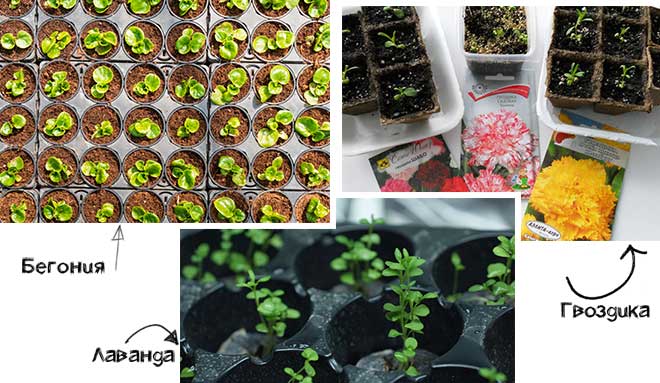

Tips for florists
- Gradually increase the size and volume of the pot. A sharp jump to large containers will lead to a slowdown in growth.
- The clay pot should be placed in water overnight., and fill the drainage hole with shards before filling in new soil.
- Choose a soil based on the preferences of a particular type. Universal mixtures may not meet the requirements, therefore, flower growers resort to compiling their own compositions with the obligatory addition of peat.
- If the roots are too tightly covered with an earthen ball or the root system is underdeveloped, then you will need to carefully clean it from the adhering earth with a knife or fork.
- Only adapted plants that have already become accustomed after transportation can be transplanted. You should not change the soil in the first days after purchasing a flower!
- Be sure to place a drainage layer on the bottom of the pot. (its thickness varies depending on the type of flower).
- Each species requires a special attitude to its root system: some plants require root cutting., in others it is strictly forbidden to trim the shoots. Check with specialists for handling the roots.
- The best material for the pot is clay. It ensures proper air exchange and simplifies plant development and work with it. Plastic counterparts often cause delayed development and disease.
Subject to the listed rules, your plant will live the entire allotted time and will develop correctly and naturally.
We determine the optimal terms
It is recommended to change the soil of the flower during the growing phase of the moon. You can determine it by looking at a special lunar calendar. Experts recommend changing the soil at specific periods. These are the spring months - March and May, summer - July and August, all autumn without restrictions (on favorable days), from the winter months - December.
These tips are based on the results of many years of research. It is believed that on the mentioned dates the change of habitat is less painful, negative effects are little perceived by plants.
What is a regular transplant for?
There may be several reasons for this:
1. Overgrown roots no longer fit in the usual container. The ground begins to rise, making it difficult to water.
2. Because of the hard water, salts accumulate in the soil, making it difficult for the flower to feed.
3. The soil is depleted, its organic component decomposes. As a result, feeding does not give the desired effect.
4. Due to soil compaction, oxygen starvation of the roots occurs.
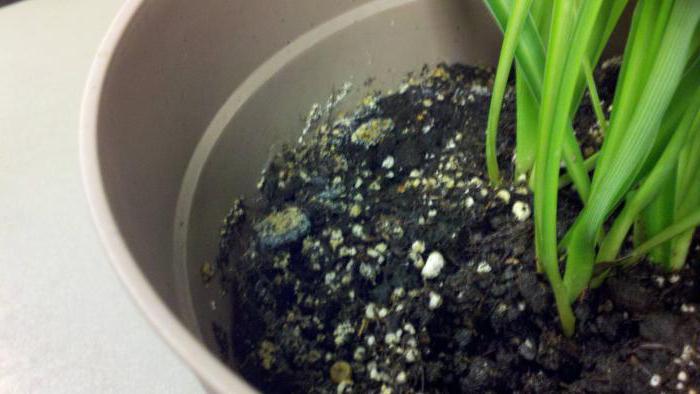

The function of indoor plants is not only decorative. They are able to significantly improve the microclimate of a dwelling by humidifying and air conditioning, as well as neutralizing positively charged ions emitted by household appliances. Many types of flowers save the owners from the harmful emissions of finishing and furniture materials by absorbing toxins.
Even in the absence of strict observance of the requirements of the lunar calendar, the plant will tolerate transplant work better when they are made in spring, during the warm season. It is then that the permanent residence for the rooted cuttings is determined. If, for some reason, you decide on an "operation" in the fall, the careful observance of favorable days for transplanting indoor plants is even more important.
Using this approach, you will accelerate the growth of your favorite strain and get many little "babies". Self-compilation of the lunar calendar is a rather difficult task. It is usually beyond the power of ordinary amateur flower growers. After all, professional astrologers take into account a large number of different factors in their work: from the lunar day and month to the position of the sun and moon in certain signs of the zodiac.
Summer
In early June, it is recommended to do weeding, fight infections and pests, plant annuals, shrubs, and engage in cuttings. The growth phase in accordance with the lunar calendar for 2019 begins on the 4th, from June 19, loosening, spraying, weeding, top dressing, pruning, removal of dry peduncles and leaves are again carried out.
It is recommended to transplant to a new place and plant overgrown flower crops at the very beginning, as well as from July 18. The same period is suitable for similar procedures in indoor floriculture for tuberous varieties.
It is advisable to take care of plants and flowers especially carefully on the 3rd, 11th and 16th, since the Moon will increase the efficiency of the work done.
In the open field, care for flowering crops is recommended on August 6-8. In accordance with the lunar calendar, in the second half of the month, seedlings, bulbs of snowdrops and lilies of the valley, seed material of crops that do not require complex care - chamomile, carnations, delphinium should be planted.
